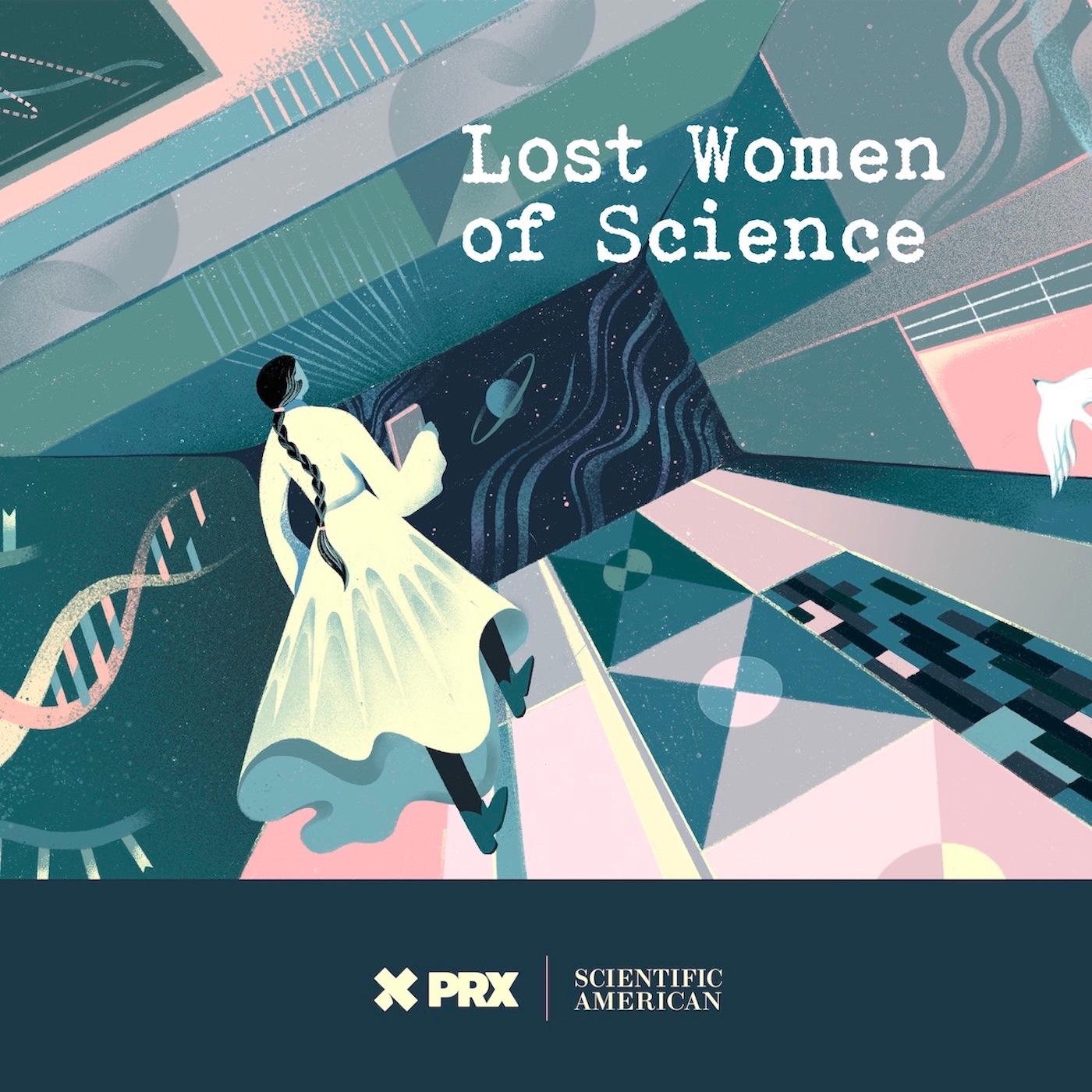
Lost Women of Science
Lost Women of ScienceFor every Marie Curie or Rosalind Franklin whose story has been told, hundreds of female scientists remain unknown to the public at large. In this series, we illuminate the lives and work of a diverse array of groundbreaking scientists who, because of time, place and gender, have gone largely unrecognized. Each season we focus on a different scientist, putting her narrative into context, explaining not just the science but also the social and historical conditions in which she lived and worked. We also bring these stories to the present, painting a full picture of how her work endures.
For every Marie Curie or Rosalind Franklin whose story has been told, hundreds of female scientists remain unknown to the public at large. In this series, we illuminate the lives and work of a diverse array of groundbreaking scientists who, because of time, place and gender, have gone largely unrecognized. Each season we focus on a different scientist, putting her narrative into context, explaining not just the science but also the social and historical conditions in which she lived and worked. We also bring these stories to the present, painting a full picture of how her work endures.




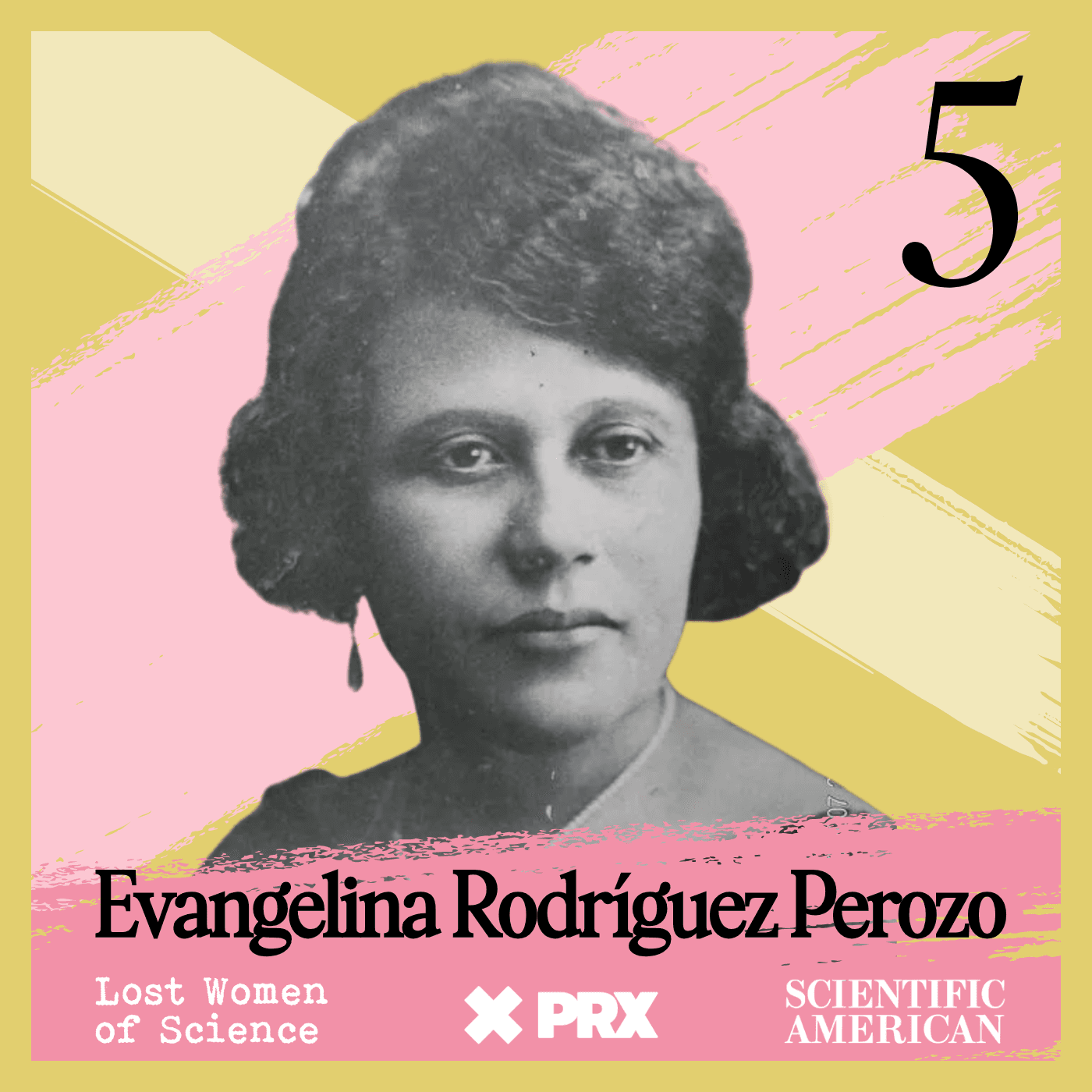













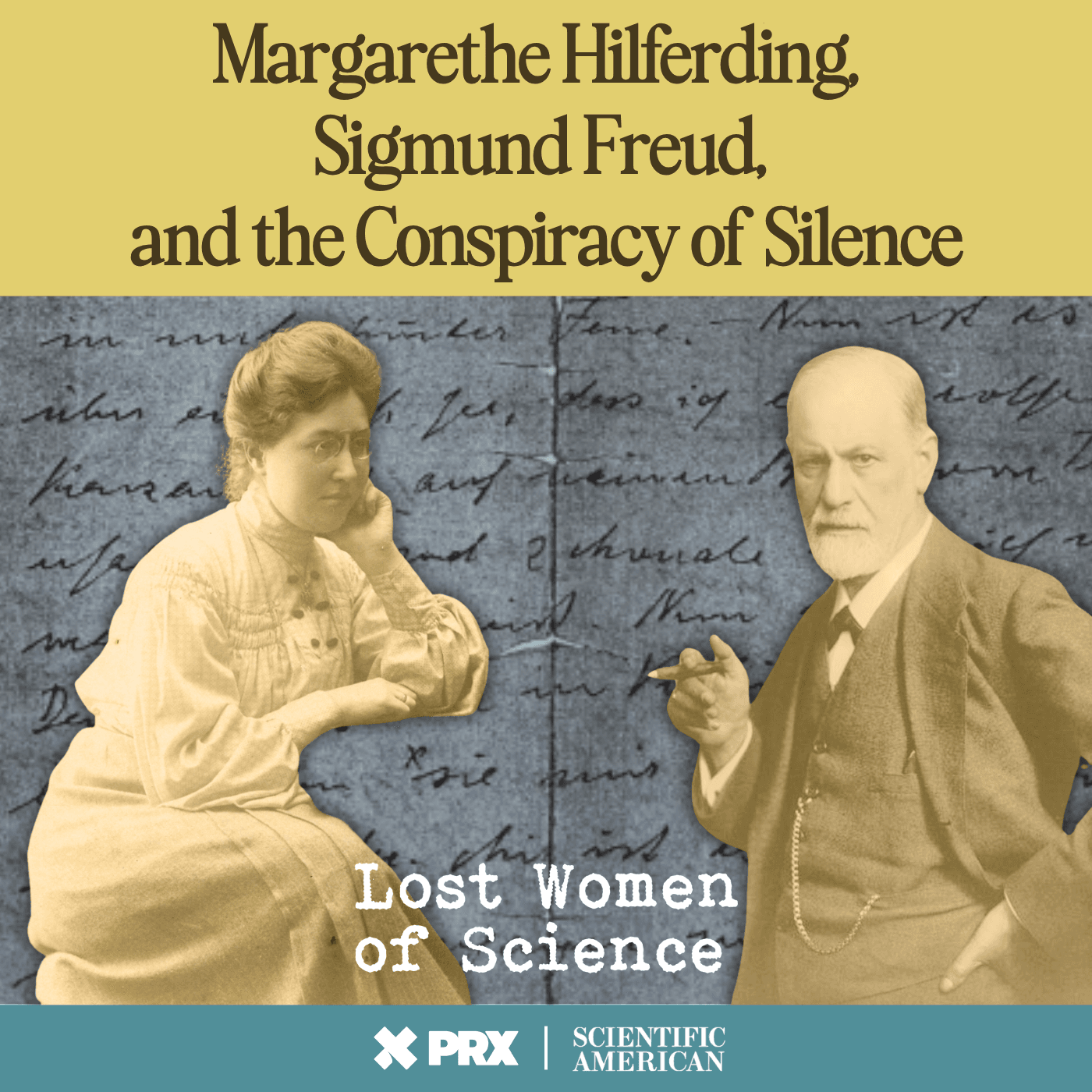





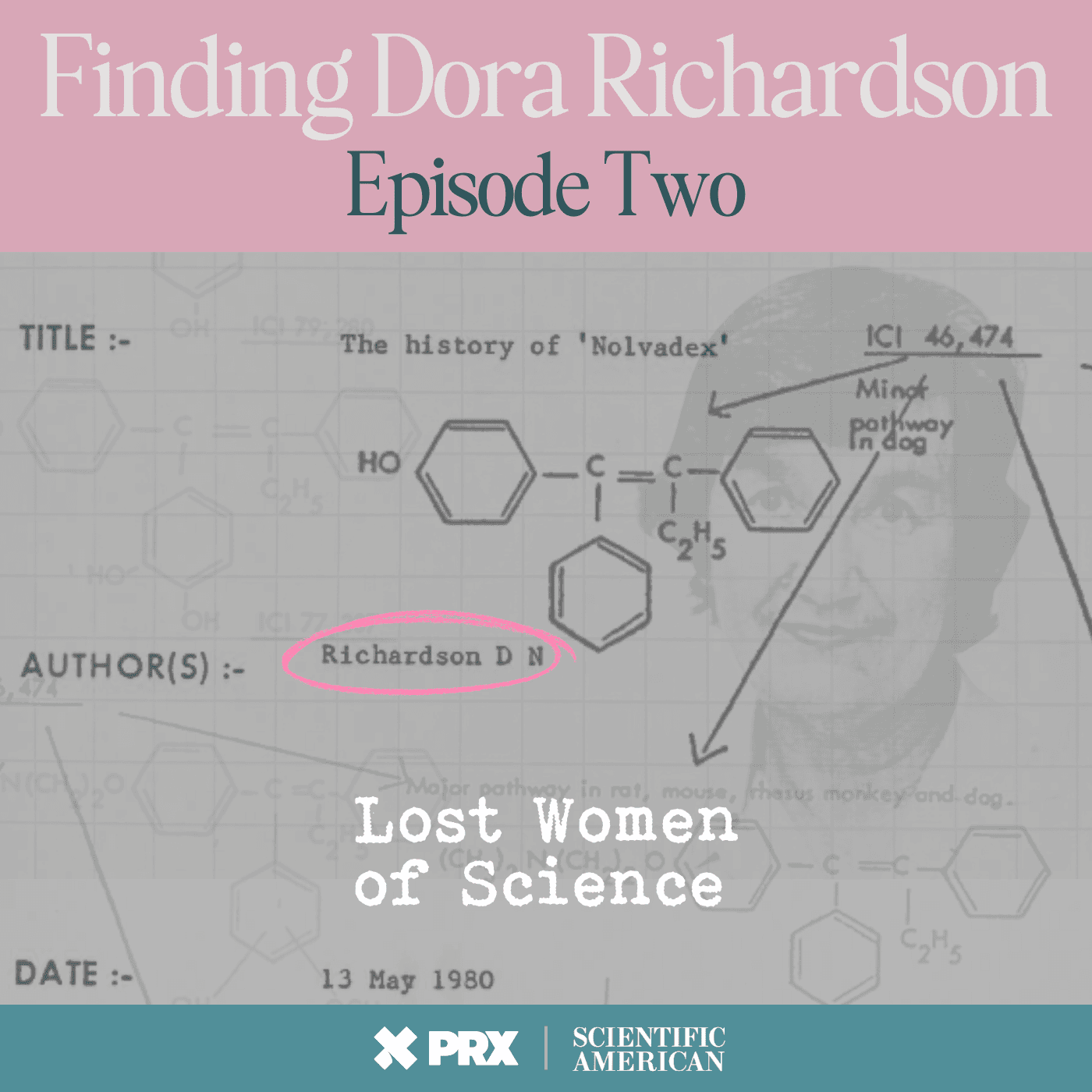
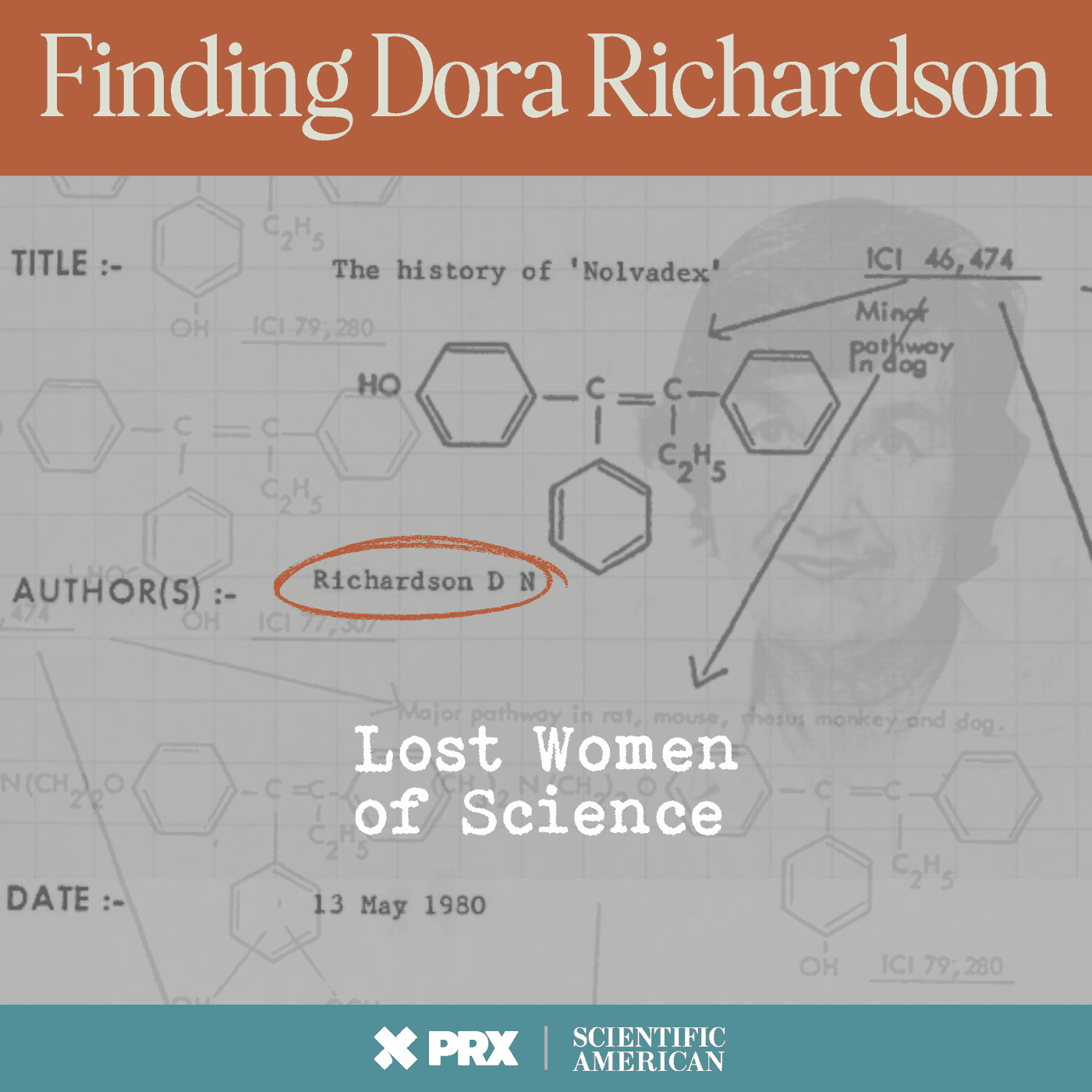



















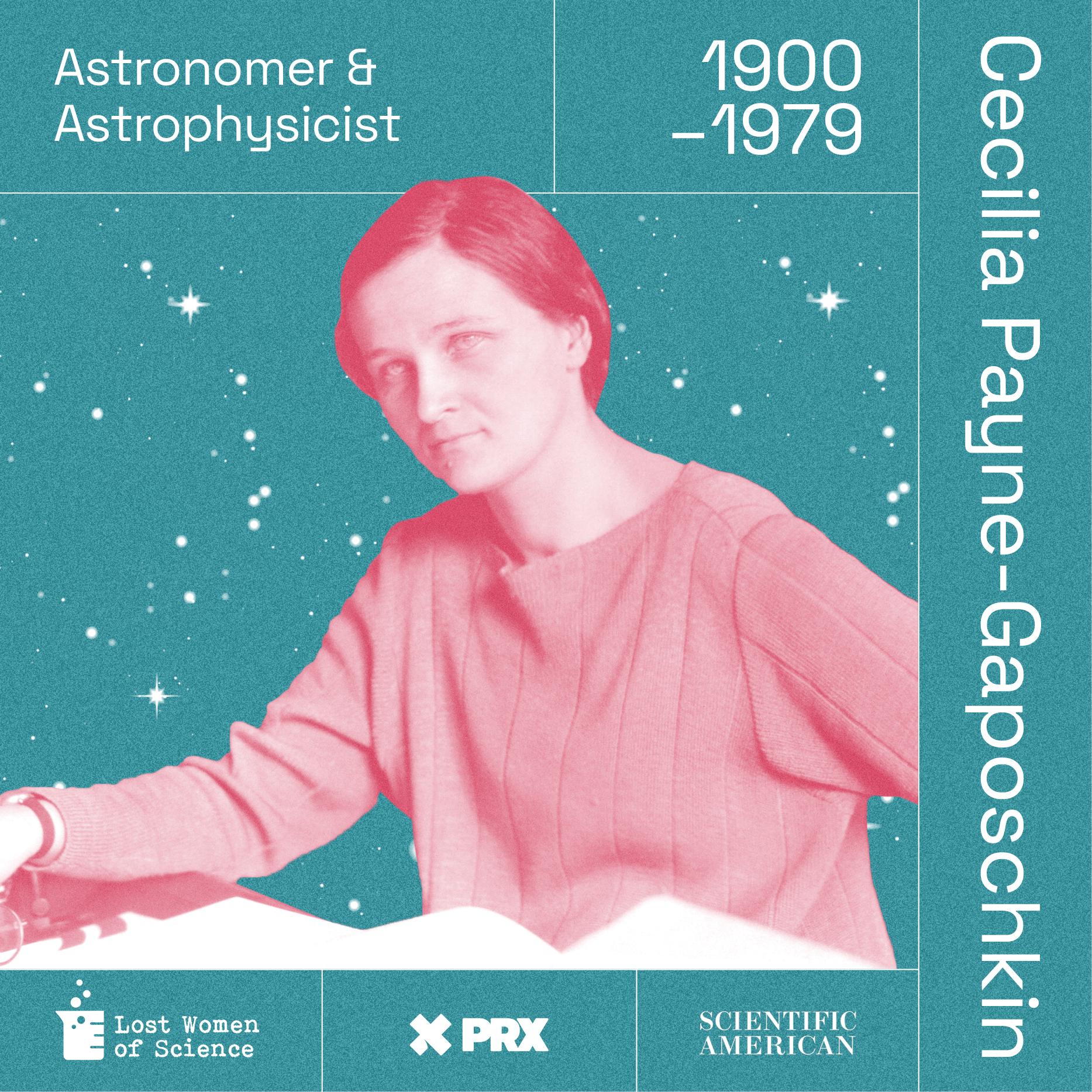
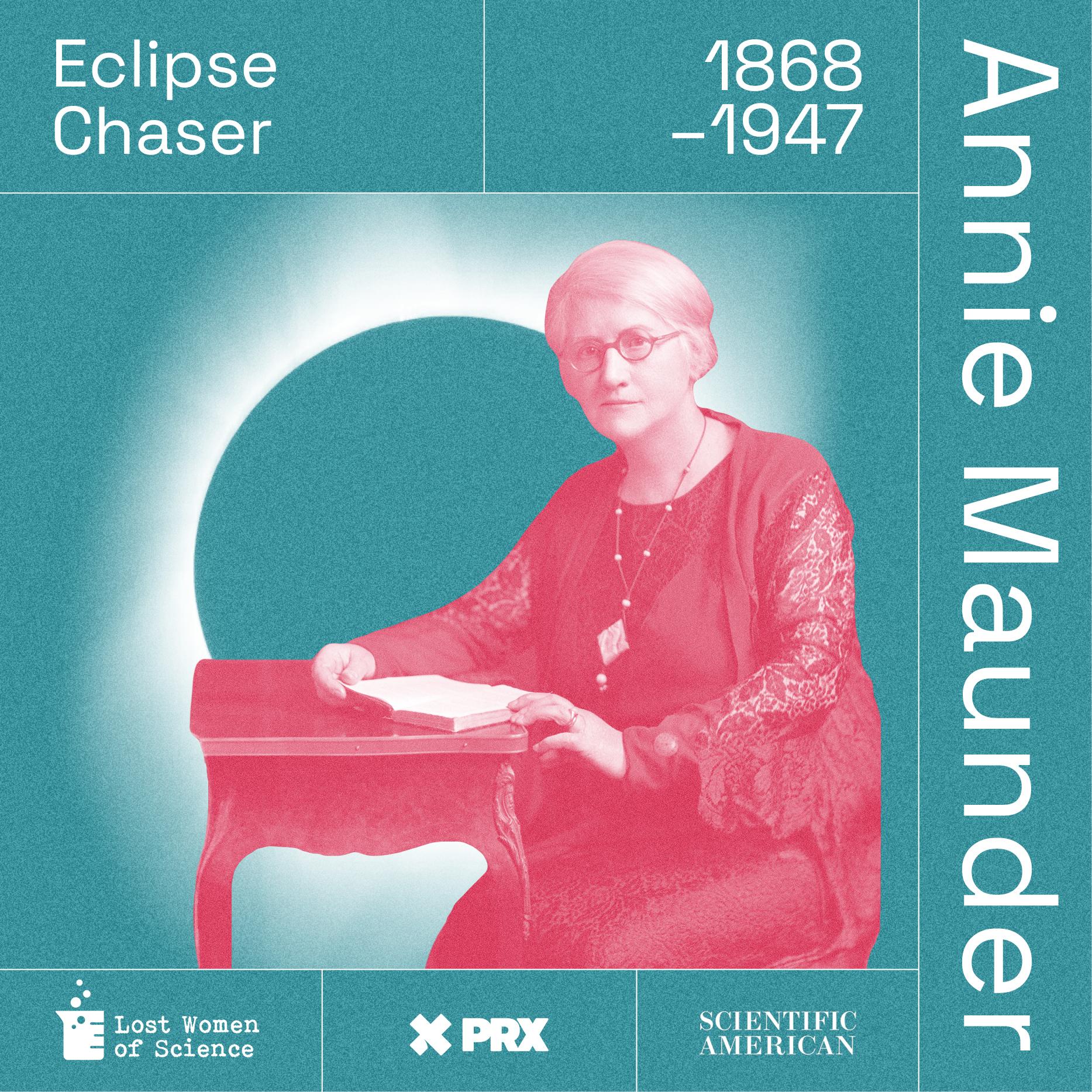
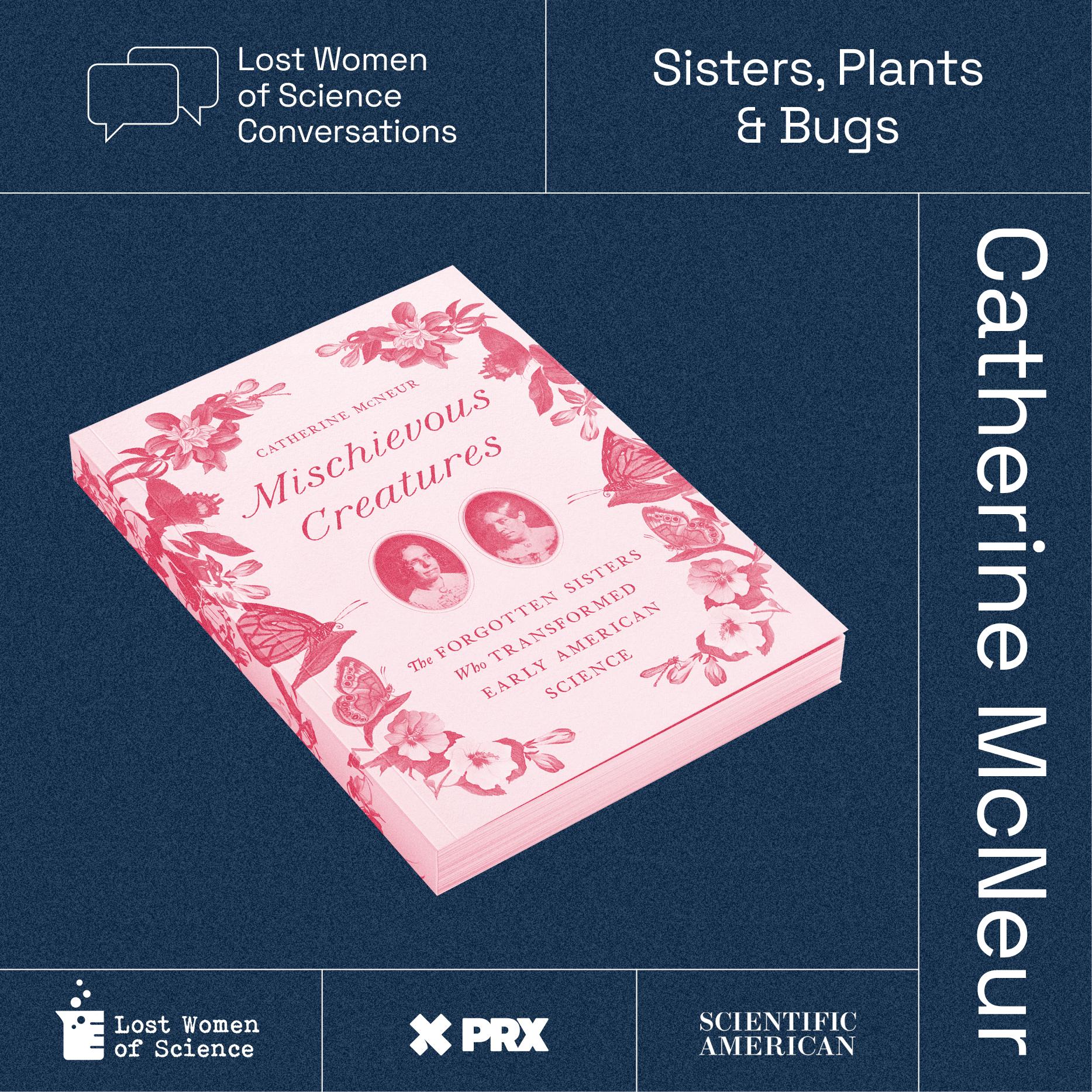











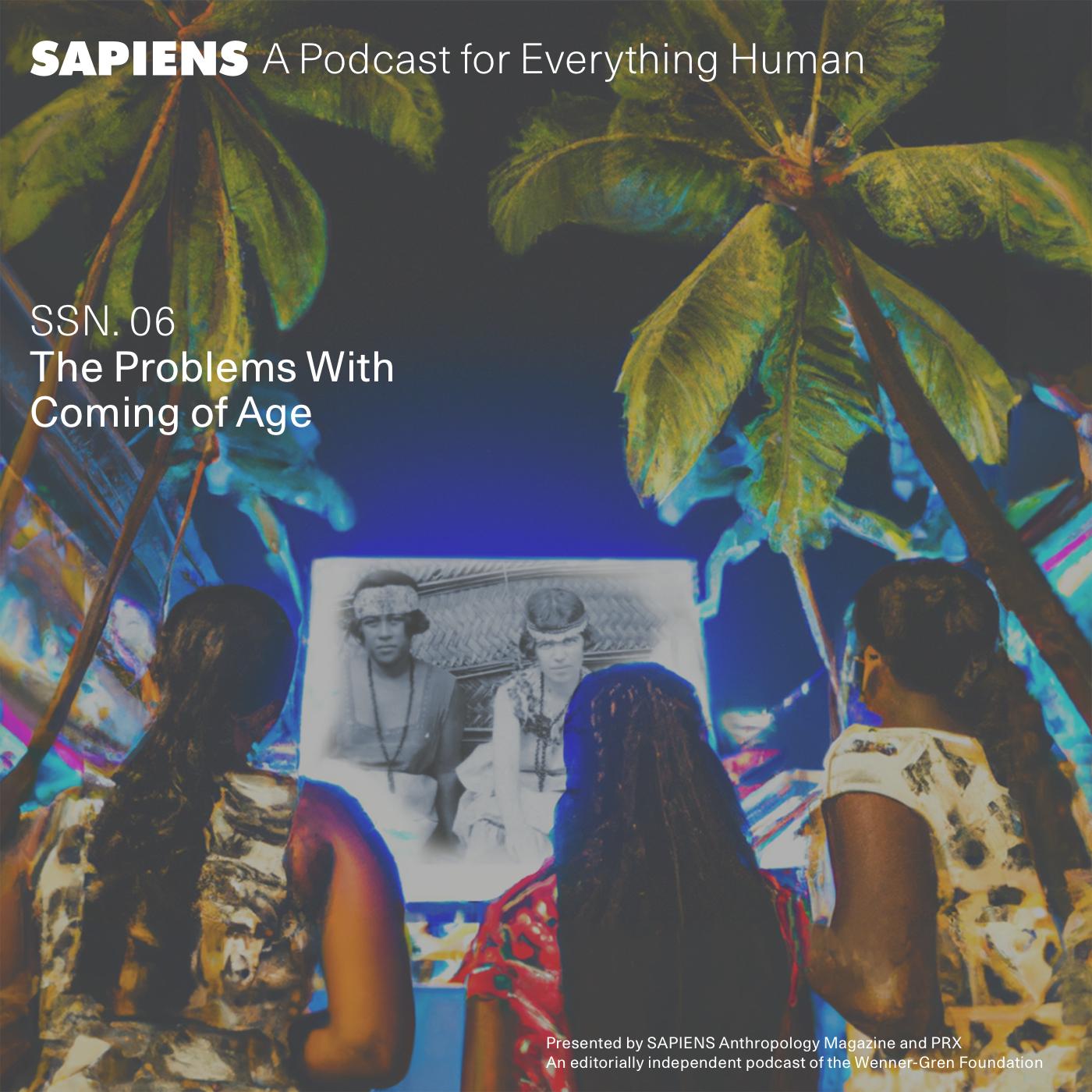











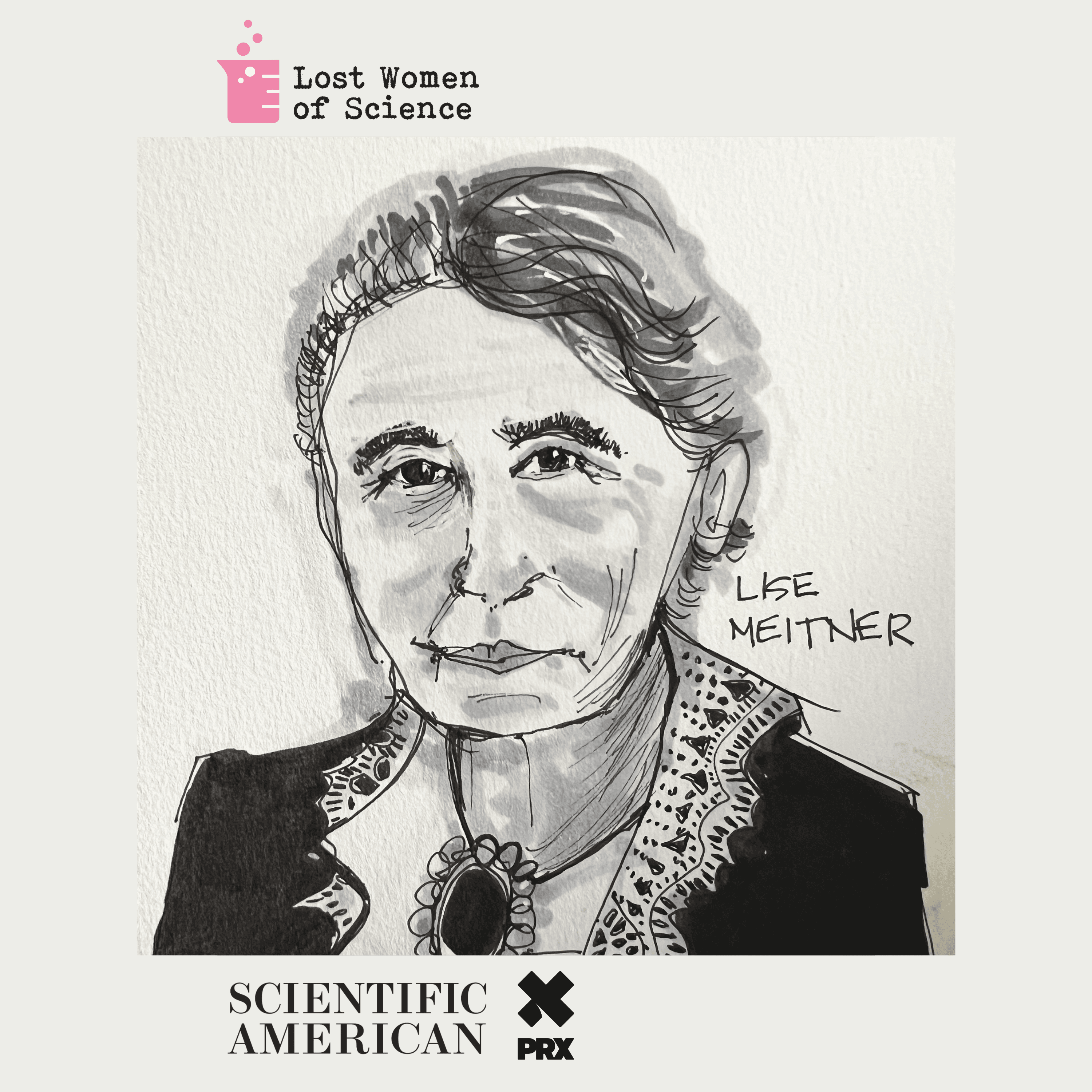




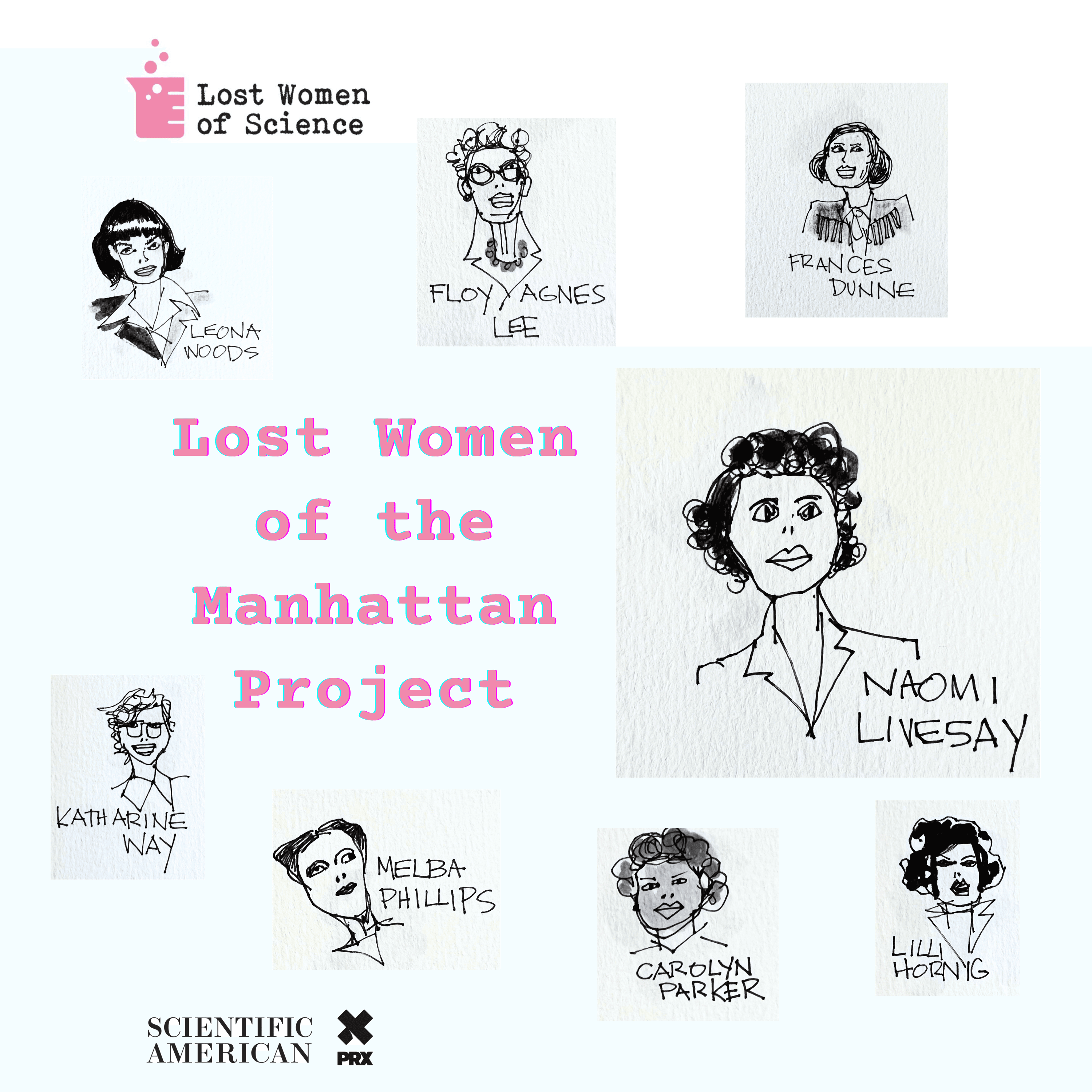




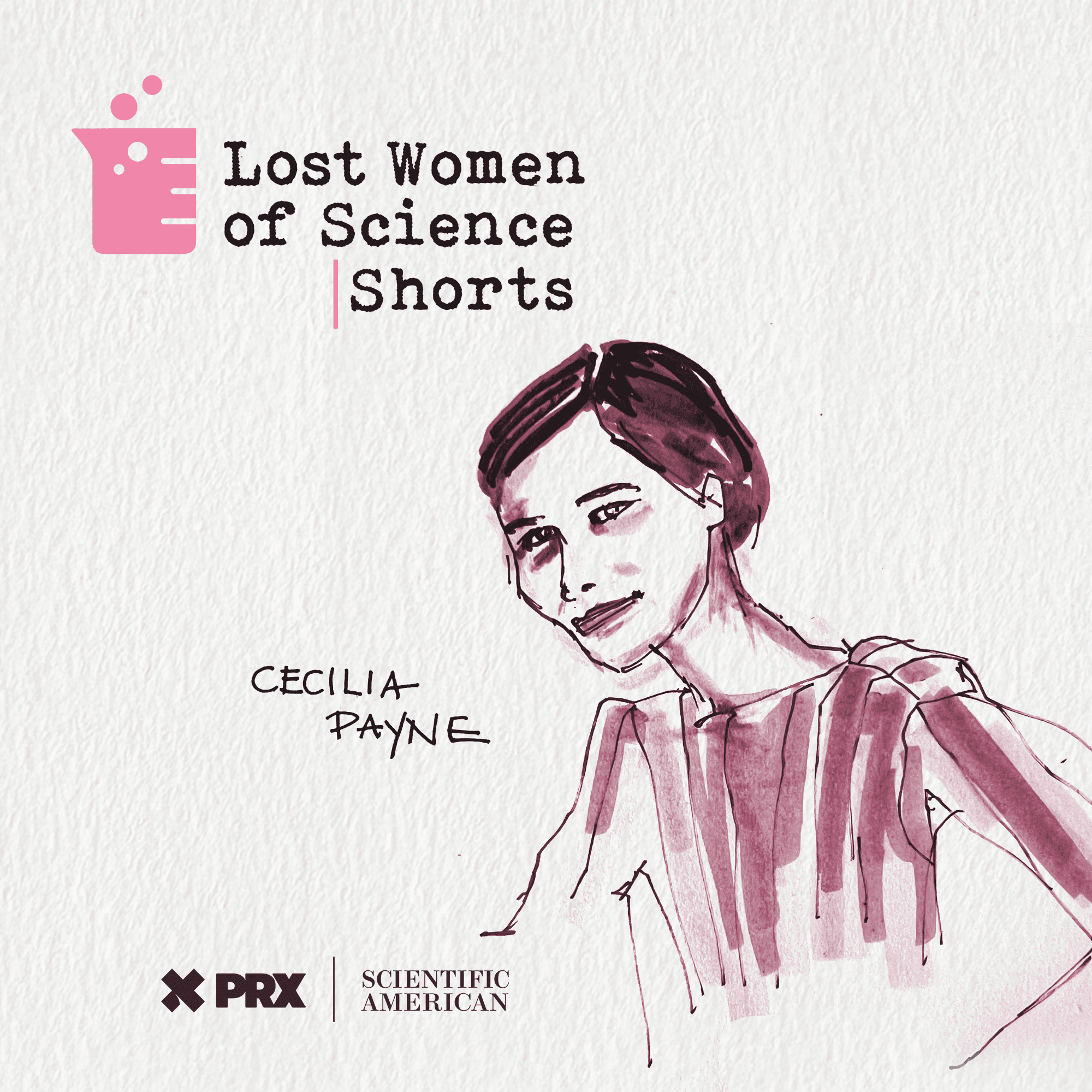


























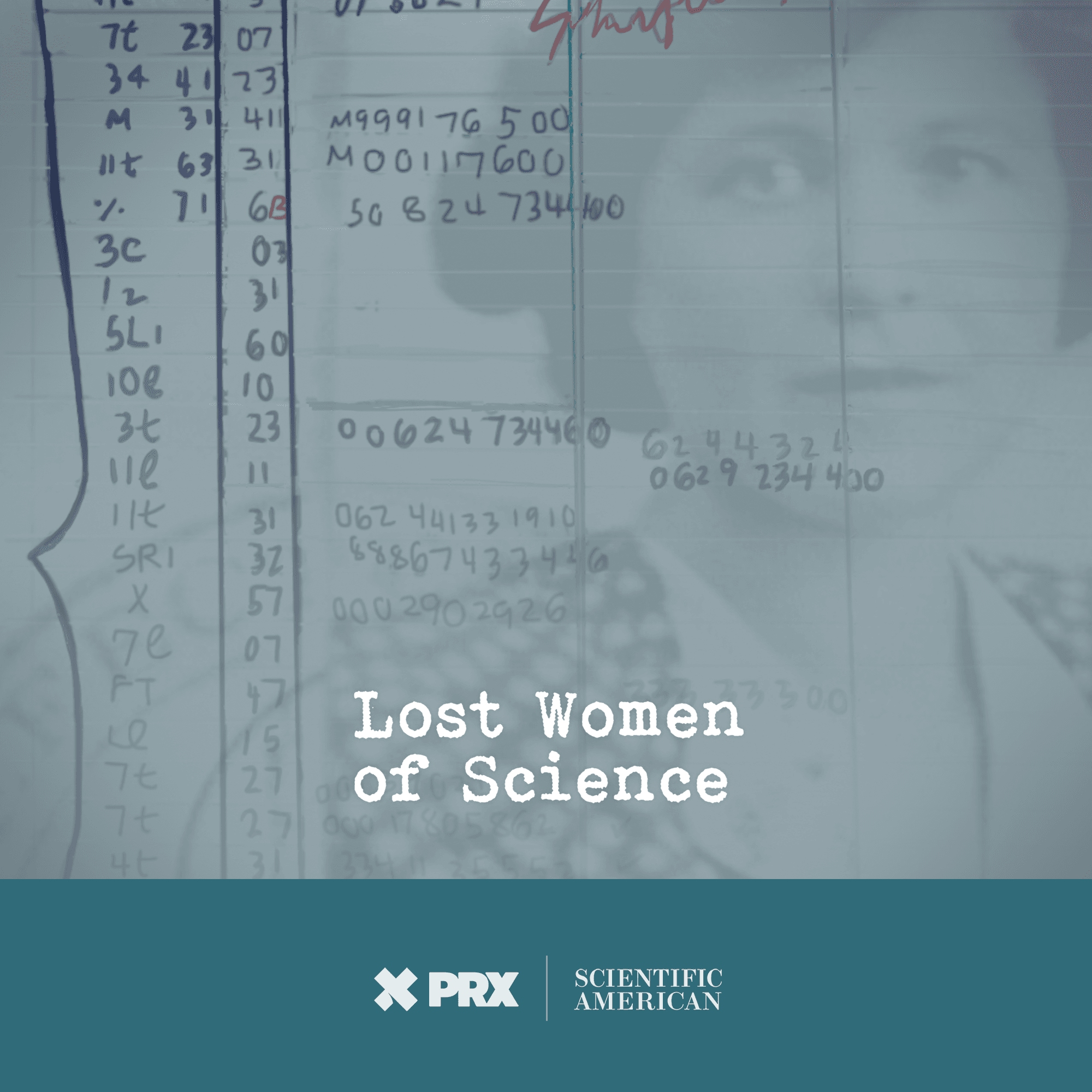
Revisiting The Pathologist in the Basement: Episode 4 Breakfast in the Snow

In our final episode, we explore Dorothy Andersen’s legacy — what she left behind and how her work has lived on since her death. Describing her mentor’s influence on her life and career, Dr. Celia Ores gives us a rare look at what Dr. Andersen was really like. We then turn to researchers, physicians, and patients, who fill us in on the many areas of progress that have grown out of Dr. Andersen’s work. These major developments include the discovery of the cystic fibrosis gene, the tremendous impact of the drug Trikafta, and the lifesaving potential of gene editing techniques. We end the episode with an update on the effect Trikafta has had on the lives of many CF patients, who can now expect to live a normal life.
Learn about your ad choices: dovetail.prx.org/ad-choices